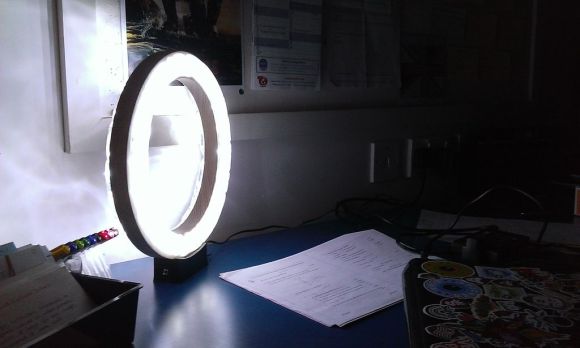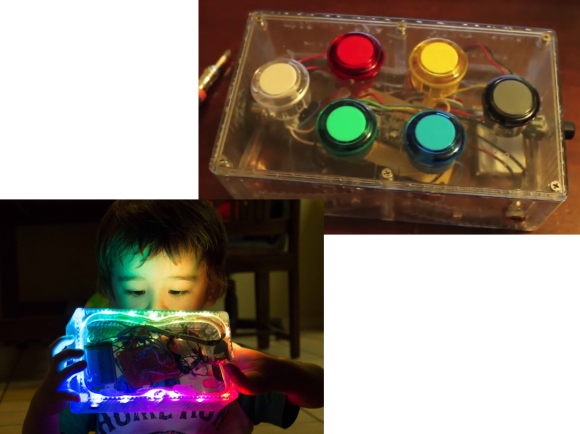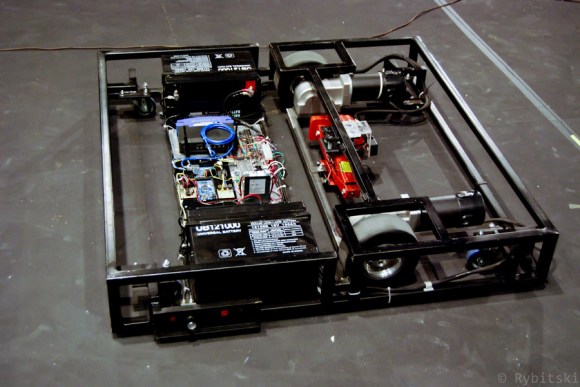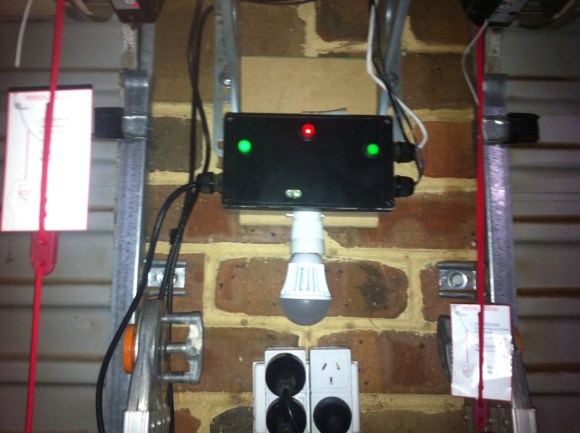
The design for this LED ring lamp started off as a cross-section sketch. [Alex Jalland] envisioned a core that holds the parts and hides the circuitry, with two halves of a clear doughnut diffusing the light and covering everything up.
For the core itself he headed over to the lathe and turned a piece out of ash. He tooled the profile into one side, flipped it around to form the other, and finally cut the center out to form a ring. This may sound like a lot of work, but it pales in comparison to what went into the diffusers.
He cast the parts out of polyurethane resin. This required a mold which he made from scratch. The process used many materials, including a vacuum forming machine, a latex slug, and plaster to keep the thin mold from deforming when filled with resin.
The lamp provides a lot of light. But with this much work put into the enclosure we’d suggest going the extra mile to make it an Equinox Clock clone.
















